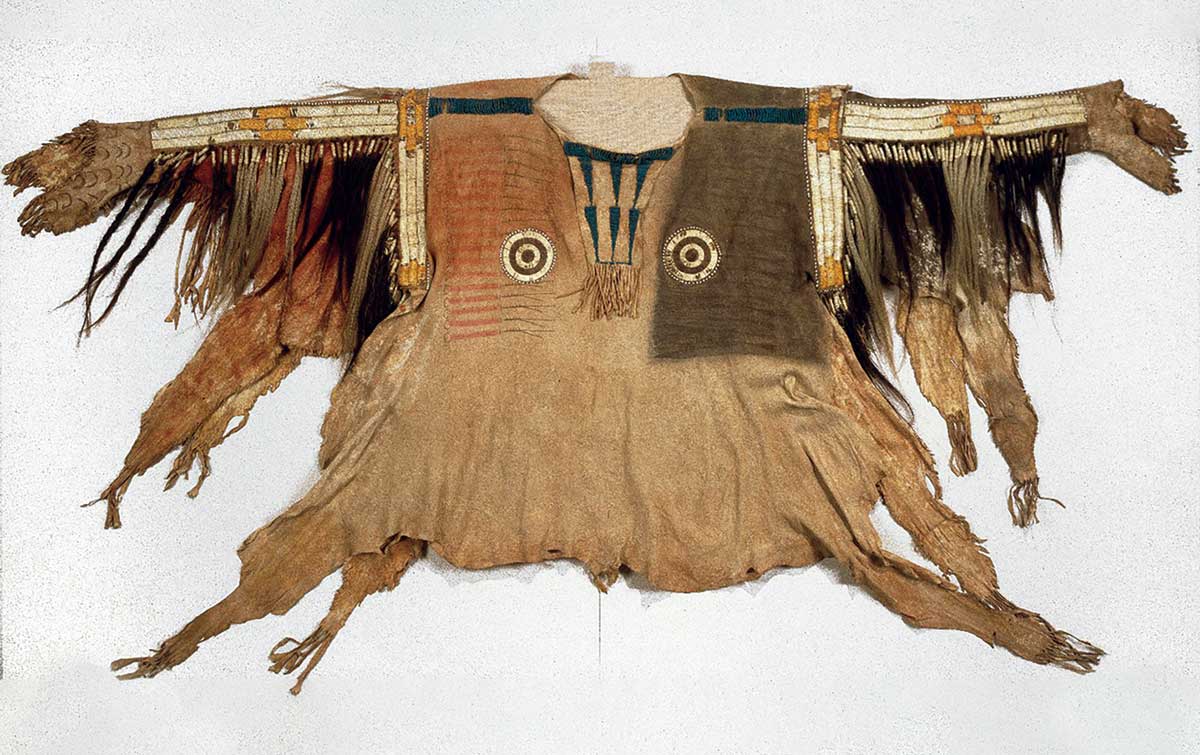Powerful Inversion | History Today - 4 minutes read

Big, successful popular histories generally tell their audience something they would like to hear. This one is no exception. Written by one of the most erudite, talented and justifiably lauded thinkers of his generation in a pithy, pellucid and engaging style, this book will fly off the shelves now and for years to come. It offers readers a welcome synthesis of the vast, contested fields that address themselves to the Indigenous American past, recounting a narrative from the earliest records of settlement up until the end of the ‘Indian Wars’ in 1877 and the Ghost Dance revitalisation movement after 1889. It also offers an alluring interpretative ‘middle course’ between generalised studies and tribal histories, which it deems too specific to see larger patterns.
The book’s fundamental contribution is that it inverts the narrative that colonial expansion was inevitable and defined the American continent. This story is still trotted out in schools and was powerfully promoted in 1997 in another bestseller from the same publisher, Guns, Germs and Steel by Jared Diamond. Hämäläinen’s book argues that little about colonial expansion on the American continent was inevitable. Far from being victims for whom subordination was inescapable, Indigenous peoples had enormous agency. They won wars ‘as often as not’ and ‘haughty Europeans’ were forced to approach them as supplicants, walking away after having been required to agree to ‘humiliating terms’.
If Diamond’s book reassured readers that Euro-American dominance arose as a result of environmental and geographic factors, Hämäläinen’s book argues that in important ways and for rather a long time, it never happened at all. Examples of Euro-American ethnic violence, such as the 1637 Mystic Massacre when English colonists butchered several hundred Pequot, or the massacre of over 300 Lakota at Wounded Knee in 1890, are recontextualised as evidence of ‘deep-rooted European anxiety over enduring Indigenous power’ or of ‘American weakness and fear’. The imposition of reservations is reconfigured as ‘a sign of American weakness, not strength’. Westward expansion, the reader is informed, was something first undertaken not by Euro-Americans, but by the Haudenosaunee. Such inversions of conventional understanding are in keeping with the author’s previous works.
The conceptual framework that underlies Indigenous Continent is a liquid idea notoriously difficult to measure: ‘power’. Here it is defined as ‘the ability of people and their communities to control space and resources, to influence the actions and perceptions of others, to hold enemies at bay, to muster otherworldly beings, and to initiate and resist change’. Where previous analyses focused on power imbalances between the Indigenous and non-Indigenous world and judged them problematic, this book instead presents power as an attribute shared across cultures that has waxed and waned between communities over time. This reminds us that the colonial episode may ultimately prove just that: an episode, or partial disturbance, in Indigenous American histories. Another important idea foregrounded by this book is kinship, defined as ‘an all pervasive sense of relatedness and mutual obligations’. The author argues that this was the primary way Native nations ‘invested’ their power, in contrast with European empires, which invested their power in the state and its bureaucracy.
While this book will undoubtedly find a ready audience, our most pressing need is not only for volumes that retrospectively award greater agency to the Indigenous world up until the point when it has been deemed to have ‘vanished’. Rather, we need analyses that encompass Indigenous periodicities and values, and use the past to help us imagine a shared intercultural future.
Do enjoy this wonderful achievement in scholarship, but keep in mind some orienting facts. Millions of Indigenous peoples died as a result of colonial expansion onto their lands; the 1890 census enumerated just over 248,000 survivors in the US. Today’s census tells us there are now 6.79 million living within the boundaries of the US alone, not, as the book suggests, five million in the North American continent as a whole. Remember, too, one telling fact this volume does not include. Among the most powerful of all Indigenous American people alive today is a Laguna Pueblo woman, US Secretary of the Interior, Deb Haaland. Her achievements have centred on protecting land and water, addressing the horrific legacy of Indian boarding schools, securing the return of Indigenous land and using her diplomatic skills to press for the honouring of treaties. She continues the long history of Indigenous female leadership and diplomacy at the core, rather than the periphery, of history.
Indigenous Continent: The Epic Contest for North America
Pekka Hämäläinen
W.W. Norton 538pp £30
Buy from bookshop.org (affiliate link)
Joy Porter is Co-Principal Investigator of the Treatied Spaces Research Group, University of Hull and author of Trauma, Primitivism and the First World War (Bloomsbury, 2021).
Source: History Today Feed